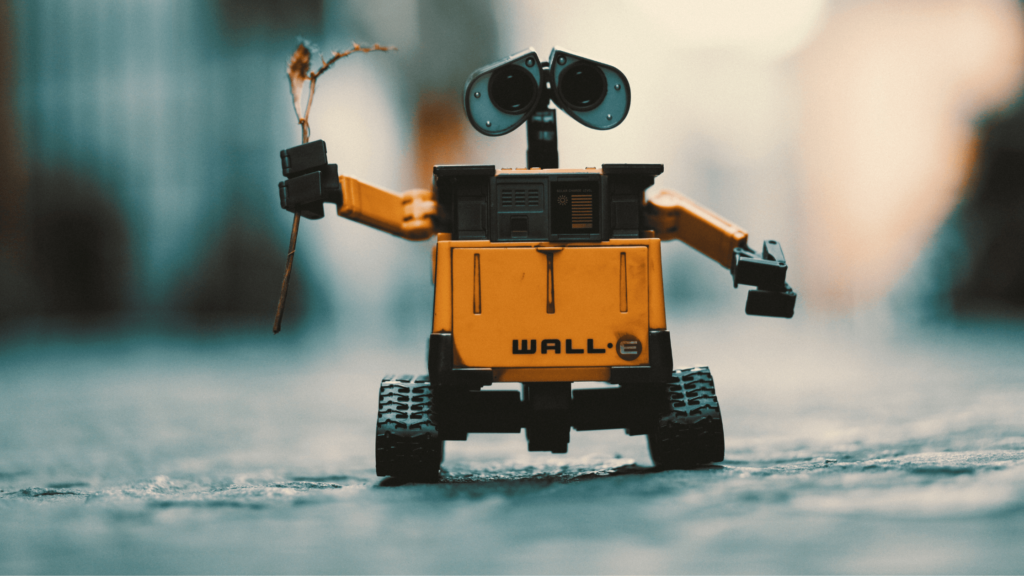Robots come in numerous shapes and sizes. The most intriguing and fascinating of them come in humanoid forms. The humanoid robots also happen to be the most developed form and design of robots we have. They also take the cake for being the most intelligent robots. Read on for a ride of the most intelligent robots we have in 2020.
The robots that take on a humanoid form happen to be the most endearing and acceptable, for they resemble us. Such robots are used for research and rescue, caregiving, education and entertainment, and even space exploration. These robots have eased the carrying out of projects and, in the future, will be placed in several other fields, further easing out day to day life. Here are the five most intelligent robots we have today.
Initially introduced by Toyota in 2017, the T-HR3 is a humanoid robot that mimics its human operator’s movements, like a real-world avatar. Updated for Tokyo Olympics, the T-HR3 has improved controls and can walk more naturally. Envisioned as a mobility service, in the future, these humanoids will be able to perform surgeries while their operators, human doctors, will be controlling them from another part of the world. It can also help caregivers to do their work remotely, or those in need of assistance to live a more independent life.
Perhaps the most recognizable face of the humanoids is that of Sophia, a social humanoid developed by Hong Kong based Hanson Robotics. In 2020, the AI-Powered four-year-old robot will continue her role as a robotic ambassador to advance the research into robotics and human-robot interactions.
Taught by humans, Sophia can move, talk, show some emotions, and even sing.
In January, it was announced that Ford became the first customer to incorporate Agility Robotics’ Digit into a factory setting. The headless humanoid has nimble limbs and is packed with sensors. It can navigate the stairs, various obstacles, and all kinds of terrains. It can balance on one foot, but it usually walks upright and is strong enough to pick up and stack boxes weighing up to 40 pounds. It can also fold itself for compact storage.
Mechanical engineers at the Iranian University of Tehran have been working on Surena robots since 2010. Their latest model, Surena IV, is an adult-size humanoid that is reportedly capable of face and object detection, speech recognition, and generation, and can walk with a speed of 0.7 kilometers per hour. It has 43 degrees-of-freedom, and its nimble hands can grip many different shapes. Engineers use Surena to research bipedal locomotion, AI and to attract students to careers in engineering.
Digital human beings look and act like humans but are entirely virtual. One example is Samsung Technology and Advanced Research (STAR) Labs’ Neons, AI-powered beings with unique personalities and looks. These artificial humans are not designed to answer any questions like Alexa or Siri but are supposed to show emotions, learn from experiences, and have real conversations. Each Neon is computer-generated and not necessarily based on real people, and each can be customized for a different role, like a virtual doctor or a yoga instructor.
As the virus has slowed down many sectors globally, robots are being deployed in many countries. Some robots can help relieve tired nurses in hospitals, do necessary cleaning and deliveries. Others can help in the warehouses. In contrast, industrial robots can help maintain some production for manufacturing companies. At the same time, their human co-workers are quarantined. This is only set to grow for the better with technology advancement, where such intelligent robots can be placed in several other sectors.
Read also: Top 10 mathematicians in human history




